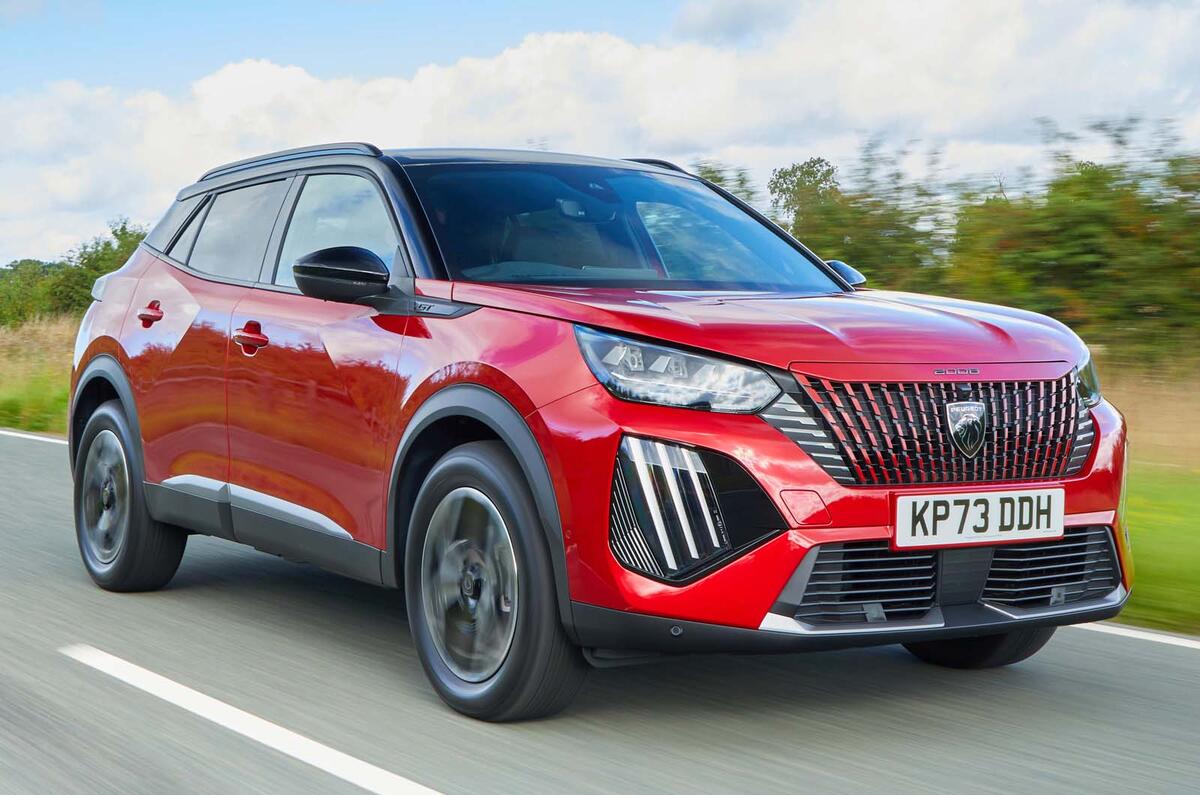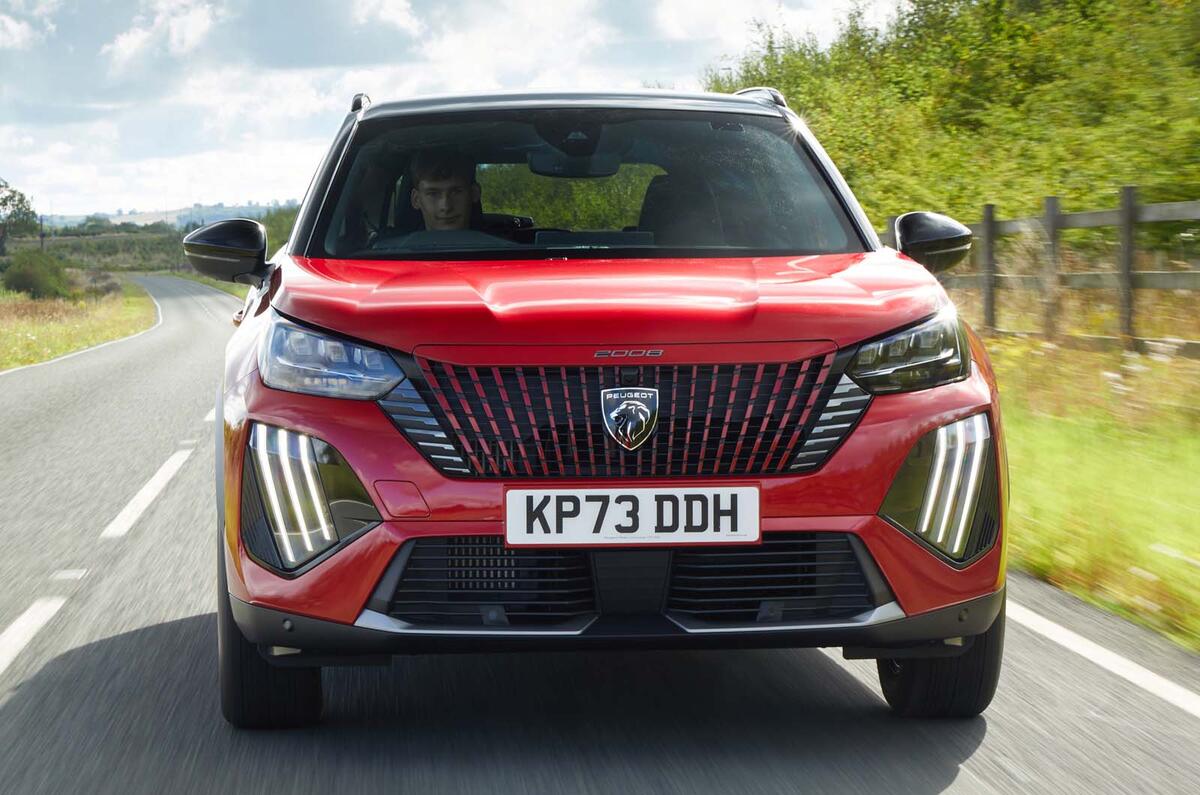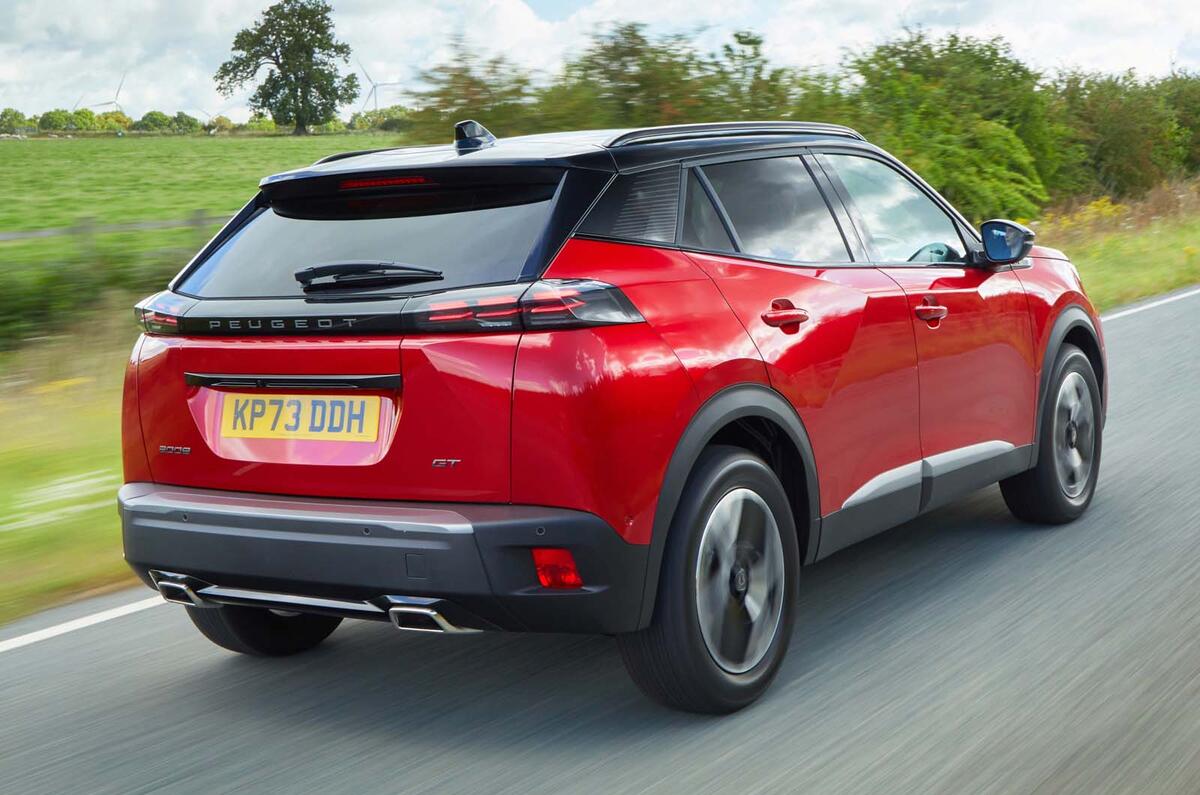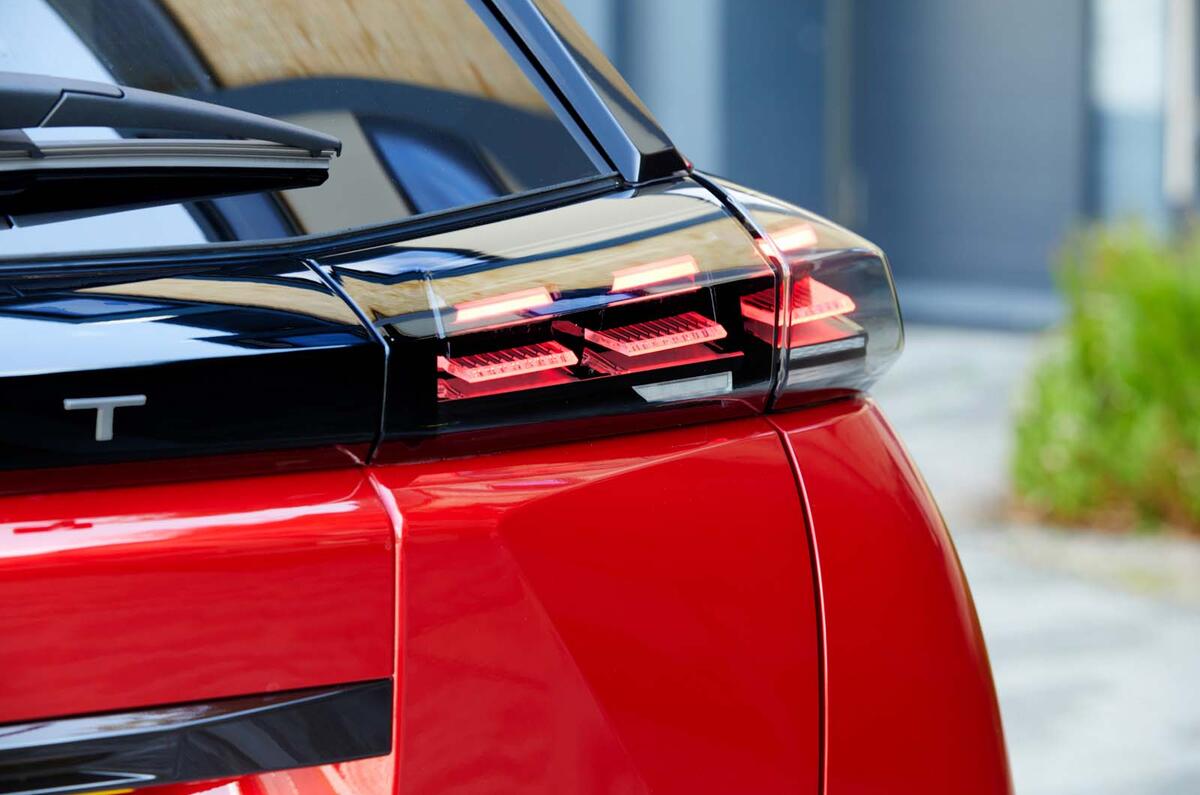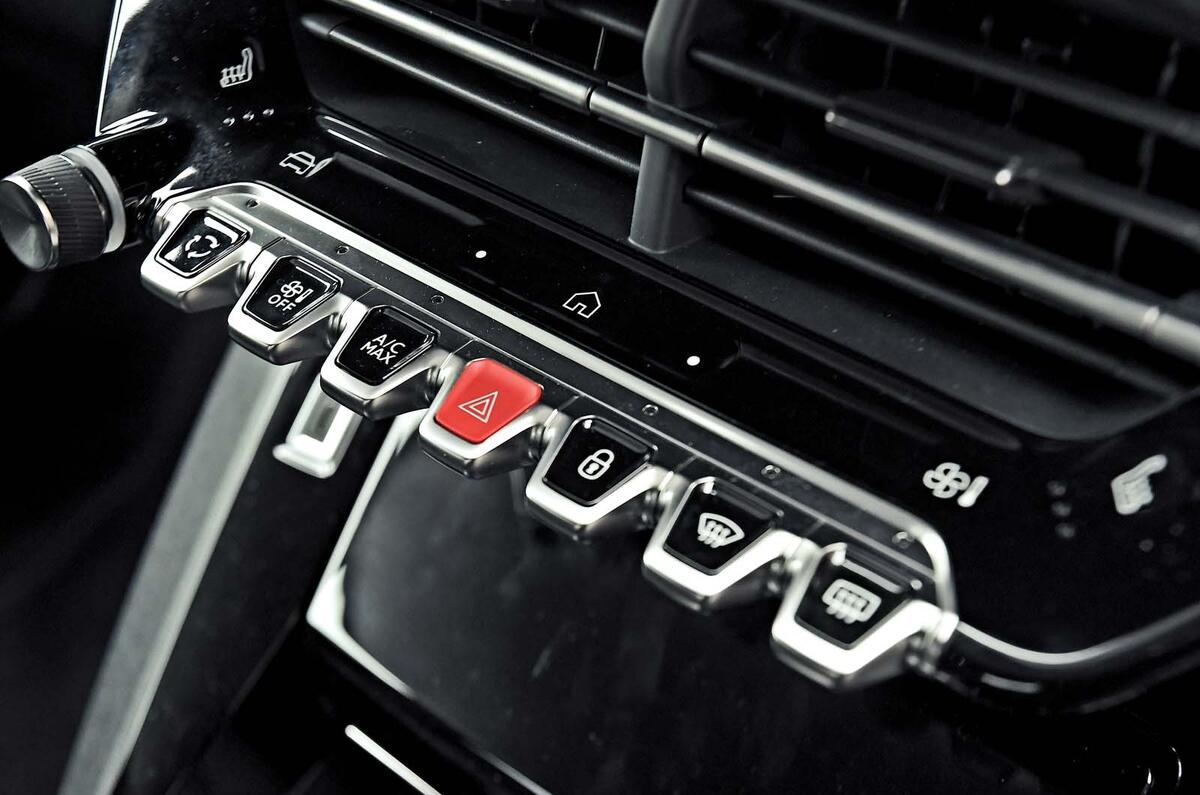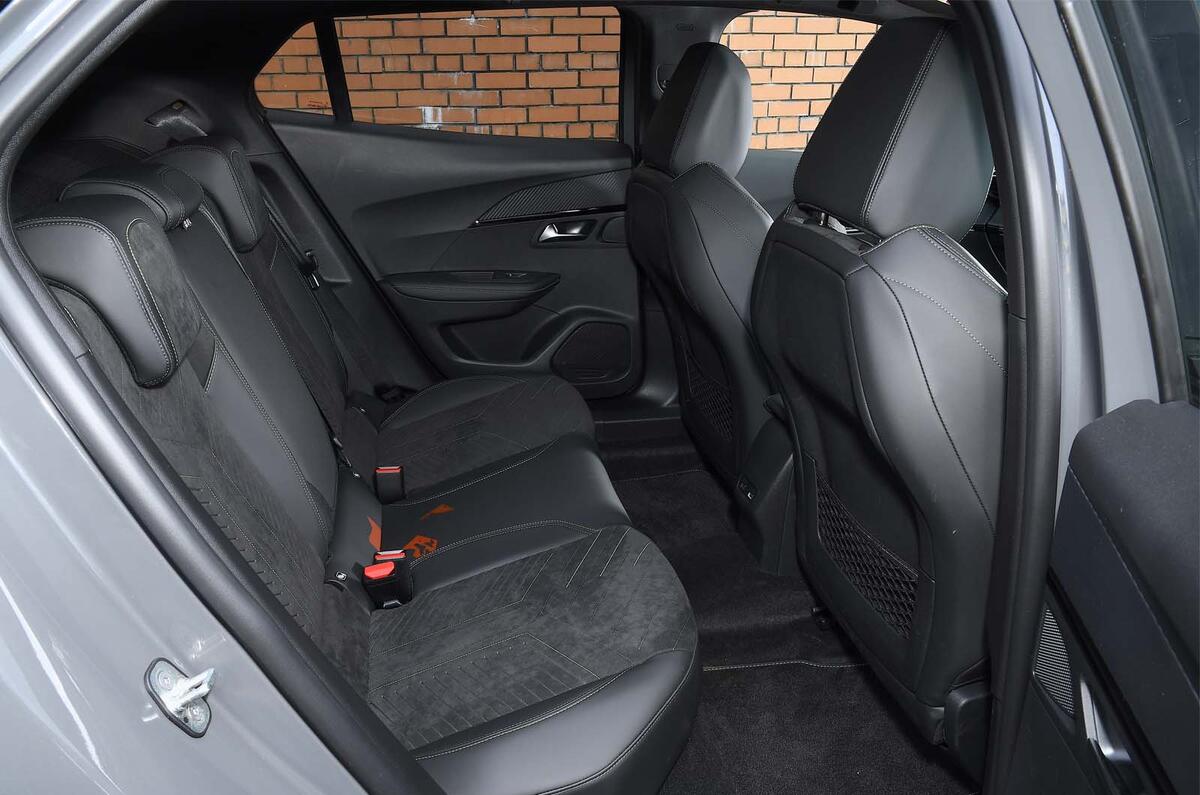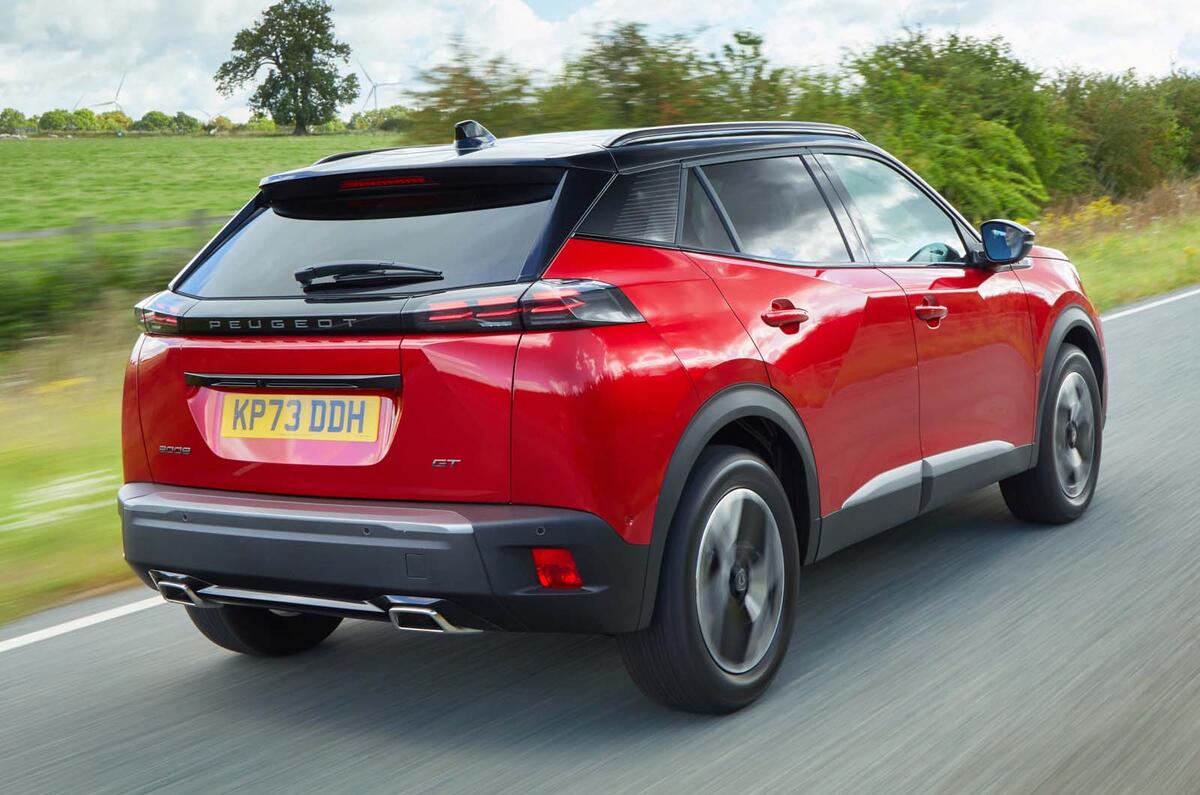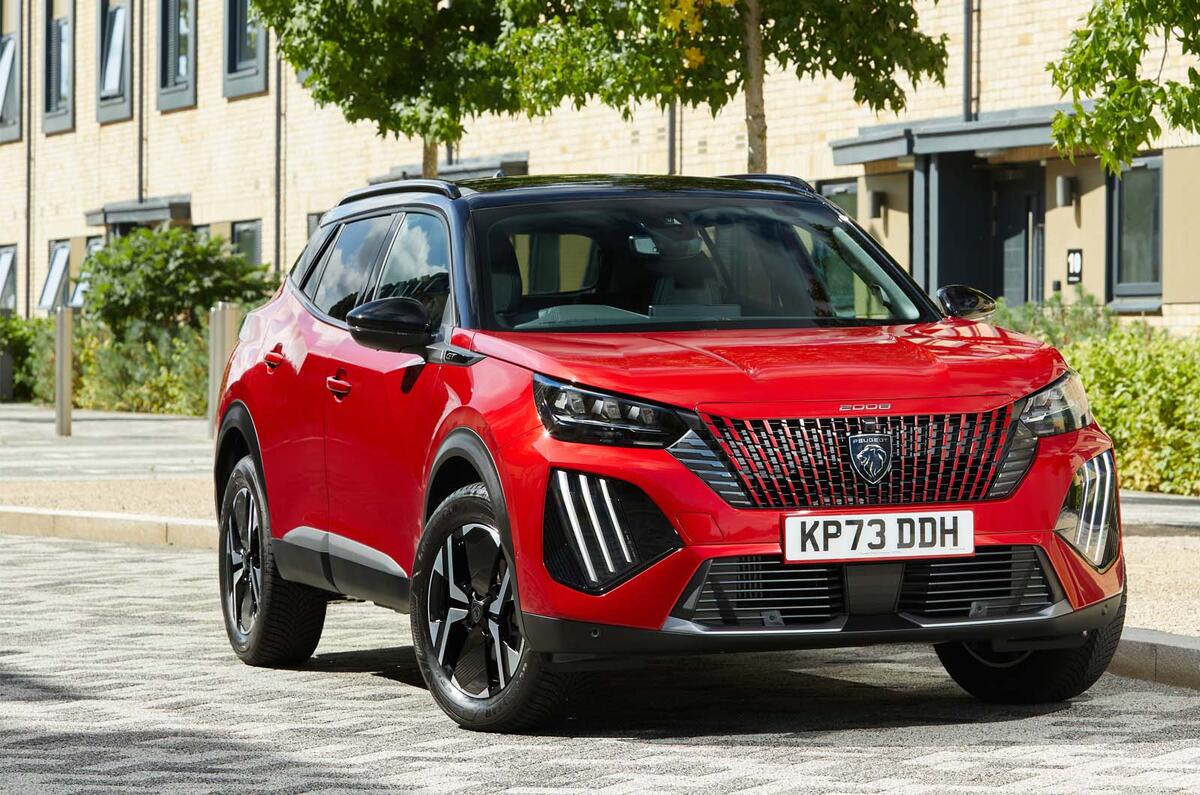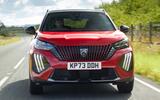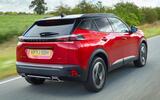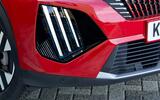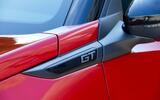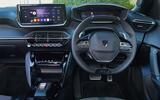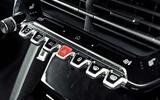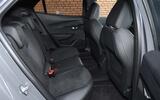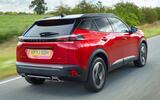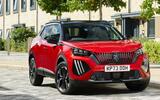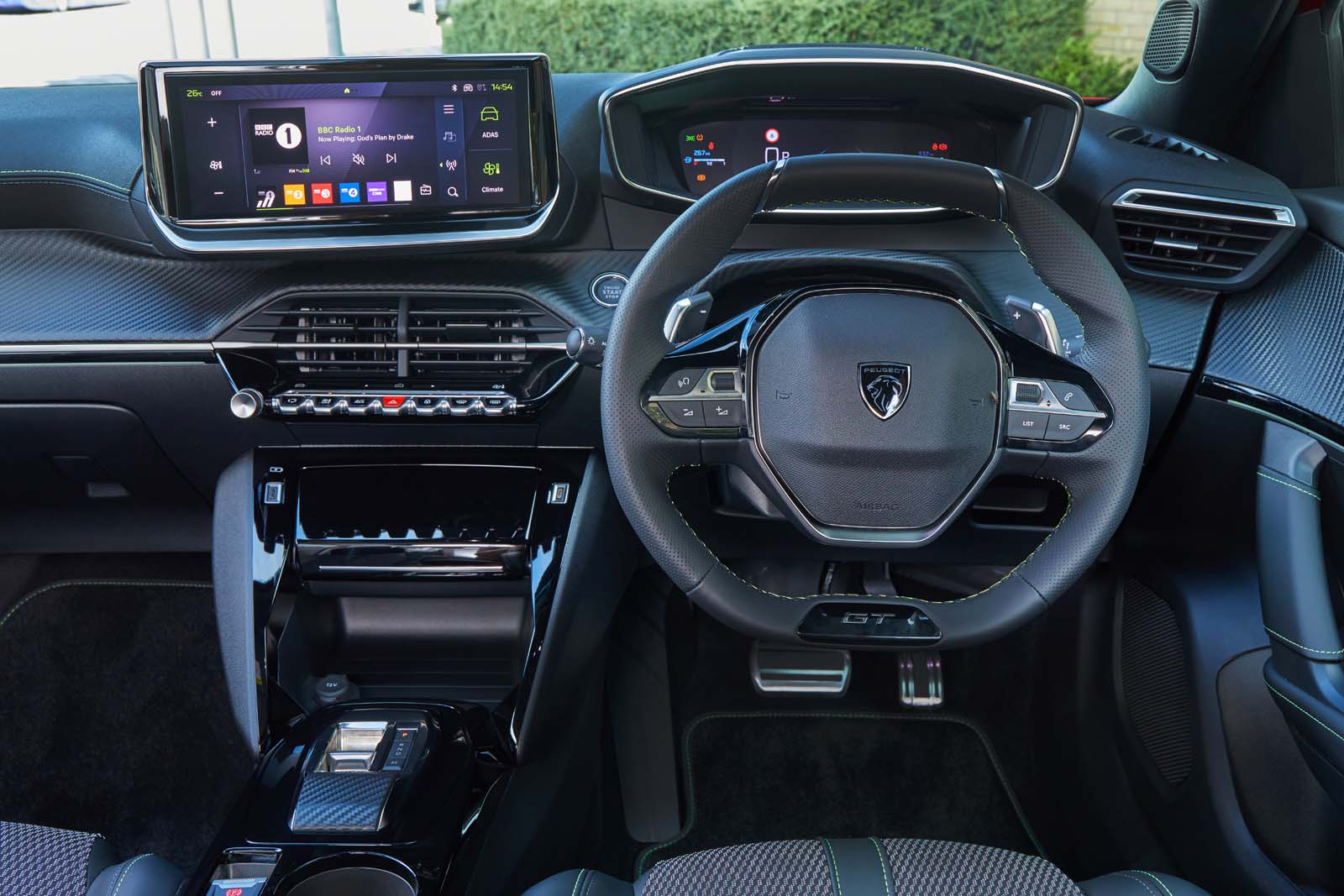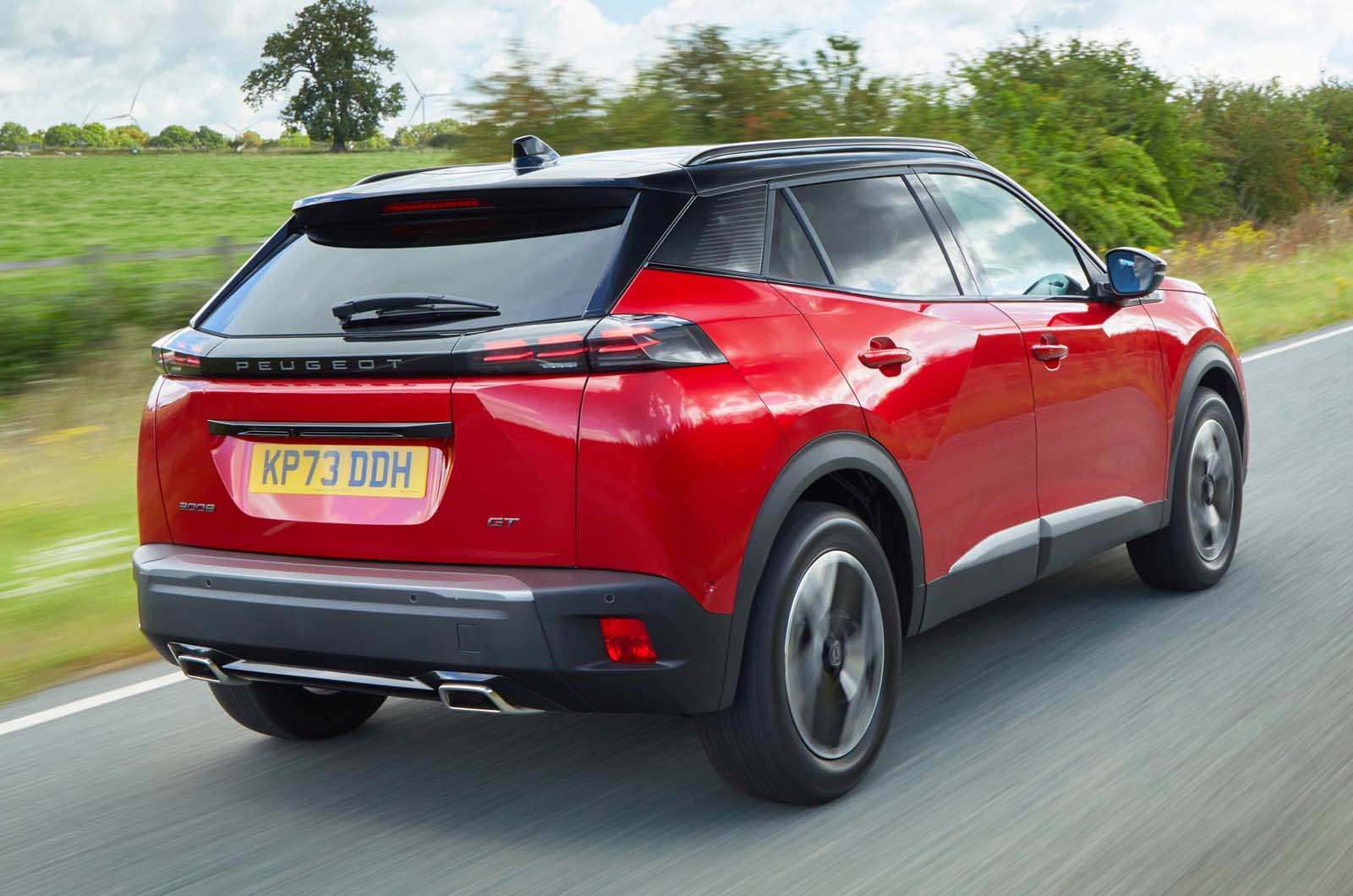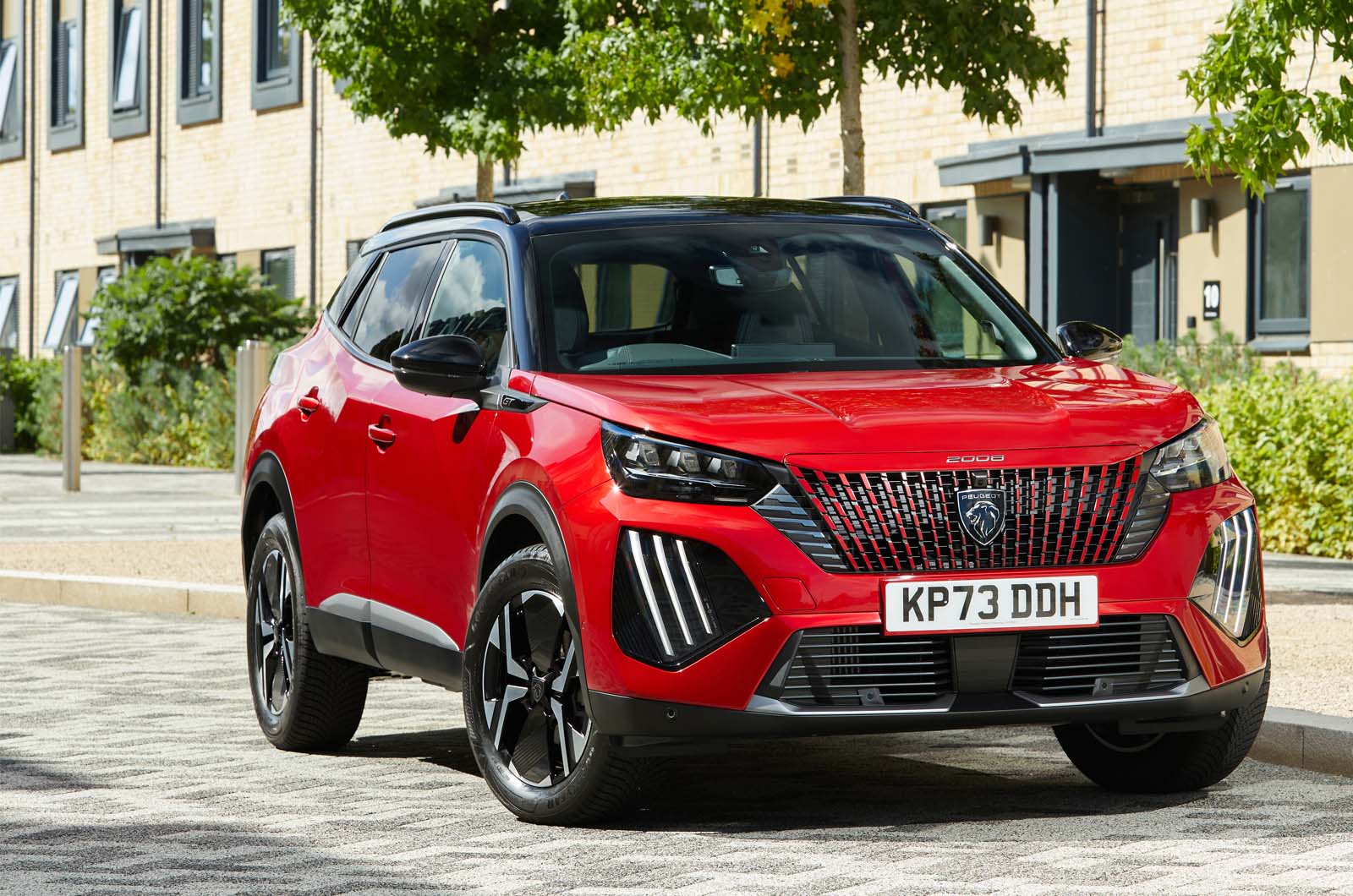If you want high sales volumes in the car industry today, the best thing to do is think compact, as in compact crossovers.
These machines cater to buyers who like their hatchback to masquerade as a jacked-up soft-roader without sacrificing on practicality and low running costs – and the Peugeot 2008 was one of the first to jump into this burgeoning sector back in 2013.
Now in its second generation, the 2008 rides on Peugeot's Common Modular Platform (CMP), which means it can be had with combustion, hybrid or electric power (reviewed separately as the e-2008).
Plug-in hybrid power is saved for bigger Peugeot models (and those from Citroën, DS and Vauxhall, which along with Peugeot belong to the Stellantis super-group).
The 2008 may have been one of the original models to make its mark on this sector, but it now has a whole range of competitors in its crosshairs, such as the UK best-selling Ford Puma, Renault Captur and Toyota Yaris Cross. So, how does it stack up? Let’s find out.
The Peugeot 2008 range at a glance
Peugeot’s smallest SUV is available in either Allure, GT and GT Premium trim, all of which can be had in petrol, hybrid or electric form.



